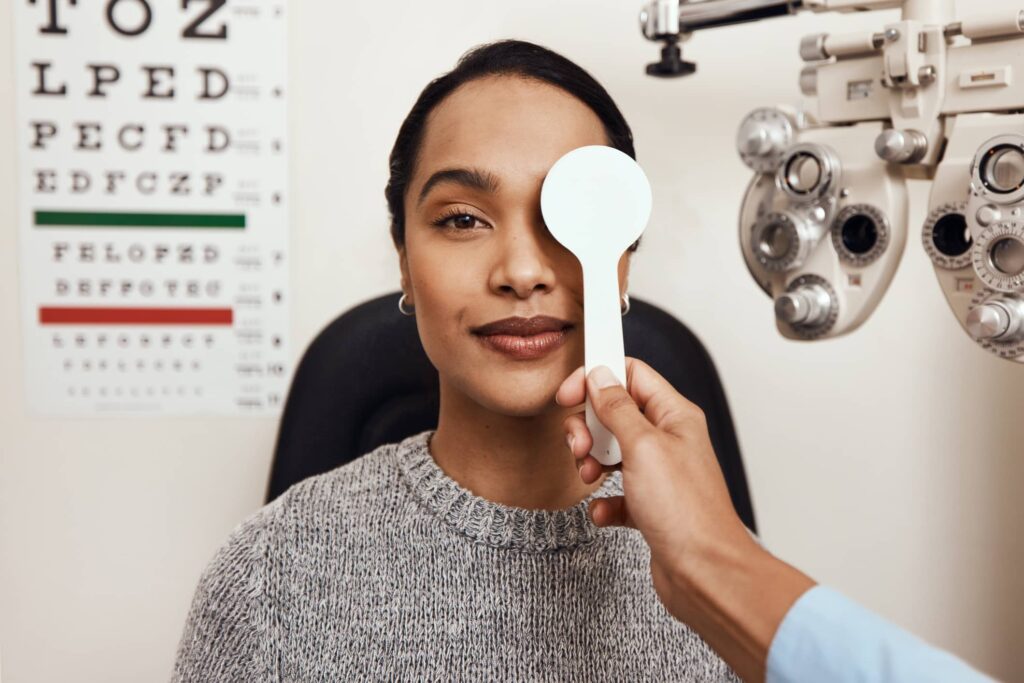All Categories
Featured
Table of Contents

The world of vision adjustment is swiftly advancing, driven by groundbreaking technological developments that are reshaping just how we perceive and treat eye health. From laser surgical treatments to ingenious eyeglasses, the choices readily available today are not just much more effective yet also satisfy the one-of-a-kind needs of each individual. In this blog, we will certainly check out just how innovation is improving vision modification choices, causing enhanced client results and contentment.
1. Laser Technology Innovations.
At the center of vision correction innovation are innovative laser procedures like LASIK and PRK. These techniques have been transformed by the intro of femtosecond lasers, which produce controlled and precise cuts in the cornea, lessening pain and boosting healing time.The most current innovations, such as topography-guided LASIK, enable a tailored treatment strategy that represents the unique curvature of an individual's cornea. This level of customization not only boosts the precision of the procedure however additionally decreases the threat of complications, resulting in clearer vision post-surgery.
2. Smart Call Lenses.
The advancement of smart get in touch with lenses stands for a significant jump in vision correction innovation. These lenses can check different health specifications, such as glucose levels in diabetics or intraocular pressure for glaucoma people.By incorporating sensors right into the lens layout, producers are developing an item that goes past vision improvement, giving valuable wellness info in real-time. As study around progresses, smart get in touch with lenses might possibly transform just how we handle eye wellness and problems connected to vision.
3. Advanced Intraocular Lenses (IOLs)
For people undertaking cataract surgery or seeking solutions for presbyopia, progressed intraocular lenses have actually become a game-changer. Today's multifocal and toric IOLs are designed to offer clear vision at numerous distances, minimizing dependence on glasses for daily activities.New modern technologies permit for the modification of IOLs based on specific way of livings and visual needs. Accommodating IOLs can change their emphasis based on the eye's position, giving an extra all-natural visual experience. These developments make sure that patients take pleasure in much better visual end results after surgery, enhancing their lifestyle.
4. Telemedicine and Remote Tracking.
The COVID-19 pandemic accelerated the fostering of telemedicine, and this trend has expanded into eye care. Clients can now speak with eye care specialists from the convenience of their homes, talking about symptoms and therapy options without the need for in-person sees.Remote monitoring devices that attach to tablet computers or smart devices permit clients to track their eye wellness and vision adjustments with time. This data can be shown to healthcare suppliers, making certain timely interventions and customized care plans. The ease and access of telemedicine are especially beneficial for individuals with mobility difficulties or those staying in rural areas.
5. Expert System in Eye Treatment.
Expert system (AI) is progressively becoming an indispensable part of eye care. AI formulas are used to analyze big collections of data, allowing very early discovery of conditions like diabetic retinopathy and macular degeneration through retinal imaging.AI can help eye care experts by highlighting abnormalities that may need further investigation, improving diagnostic precision and performance. By improving the diagnostic procedure, AI not just improves patient treatment yet also enables more timely treatment interventions.
6. Customized Eyeglasses Solutions.
The surge of personalized glasses has transformed how individuals approach vision modification. Advanced 3D printing technologies enable the production of personalized structures and lenses tailored to an individual's unique facial framework and vision requirements.Along with visual advantages, individualized glasses improves convenience and effectiveness. Patients can currently pick from different lens options, consisting of blue light stopping, photochromic, and high-index lenses, guaranteeing they locate the best remedy for their way of life and visual preferences.
Verdict.
Modern technology is dramatically changing vision adjustment choices, leading to better results and boosted complete satisfaction for individuals. As these innovations proceed to progress, individuals can anticipate a much more tailored and efficient approach to vision correction, eventually boosting their quality of life.Table of Contents
Latest Posts
Experience Coastal Style at Deauville Inn
Published Apr 06, 25
1 min read
Discover Leisure at the Claridge Indoor Pool
Published Feb 05, 25
1 min read
The Boogaloo Sports Bar & Grill at FunCity Hotel Resort: Where Fun Fulfills Taste
Published Jan 31, 25
1 min read
More
Latest Posts
Experience Coastal Style at Deauville Inn
Published Apr 06, 25
1 min read
Discover Leisure at the Claridge Indoor Pool
Published Feb 05, 25
1 min read
The Boogaloo Sports Bar & Grill at FunCity Hotel Resort: Where Fun Fulfills Taste
Published Jan 31, 25
1 min read